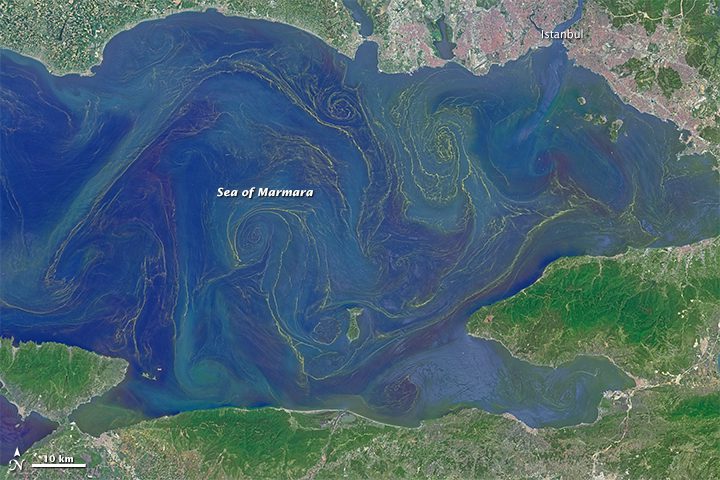
Oil & gas application is anticipated to witness around 15% gains during 2021 to 2027 due to the growing need to increase exploration activities. Rising need to improve exploration activities across oil & gas facilities As climate change has resulted in an increase in the number of natural disasters around the world in the past four decades, the need for effective damage assessment measures has also increased considerably.

Increasing incidents of natural disasters, such as floods, storm surges, tropical cyclones, and wildfires, giving rise to the need for advanced aerial imaging solutions to assess the damages caused by such events. The disaster management segment is slated to showcase significant demand through 2027. Growing incidents of natural disasters to support the market growth For applications where aerial imaging must cover large areas of land, such as flood risk assessments, forestry & timber estimations, and coastal erosion studies, vertical aerial imaging is an ideal solution.īrowse key industry insights spread across 300 pages with 293 market data tables and 36 figures & charts from the report, “Aerial Imaging Market Size, By Platform (Fixed-wing Aircraft, Helicopter, UAV/Drone), By Imaging Type (Vertical Imaging, Oblique Imaging), By Application (Geospatial Mapping, Disaster Management, Energy & Resource Management, Surveillance & Monitoring, Urban Planning, Conservation & Research), By End-use (Government, Energy, Military & Defense, Agriculture & Forestry, Archaeology & Civil Engineering, Oil & Gas), COVID-19 Impact Analysis, Regional Outlook, Growth Potential, Competitive Market Share & Forecast, 2021 – 2027”, in detail along with the table of contents : Vertical images are the most common type of images used for remote sensing and aerial survey applications. The vertical imaging segment held more than 60% of the revenue share in 2020 as vertical photography is relatively beneficial for mapping purposes. Rising use of vertical imaging for mapping purposes
#AERIAL IMAGING PDF#
We successfully evaluate these four different approaches on a fully labelled test set of a 8000 � 8000 pixel, 4 square km zone containing 315 solar panel installations with in total more than 10.000 individual panels.Get more details on this report - Request Free Sample PDF Finally a dual approach based on object categorization using the boosted cascade classifier technique of Viola & Jones and the aggregate channel features technique of Doll´ar et al., is introduced, learning a combination of colour and gradient feature based classifiers from a given training set. Secondly we developed an approach using MSER based colour segmentation and shape analysis. First we experimented with a machine learning object detection technique based on pixel-based support vector machine classification.

We compared four state-of-the-art object detection approaches for this task. Therefore, straightforward object segmentation techniques do not yield a satisfying solution, as proven in this paper.

Reasons are the relatively low resolution (at 25 cm/pixel an individual solar panel only measures about 9�7 pixels), the undiscriminating colour properties of the object (due to in-class variance and specular effects) and the apparent shape variability (rotation and skew due to the different roofs slant angles). The detection of solar panels in these RGB images is a difficult task. Our client, an electricity grid administrator, wants to hunt down fraud with unregistered illegal solar panel installations by detecting installations in aerial imagery and checking these against their database of registered installations. In this work, we compare four different approaches for detecting photovoltaic installations from RGB aerial images. Puttemans, Steven and Ranst, Wiebe van and Goedeme, Toonĭetection of photovoltaic installations in RGB aerial imaging: a comparative study.ġ4 September 2016 - 16 September 2016, University of Twente Faculty of Geo-Information and Earth Observation (ITC)


 0 kommentar(er)
0 kommentar(er)
